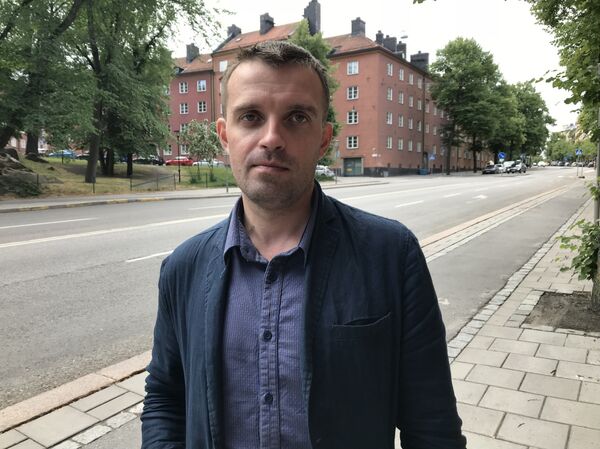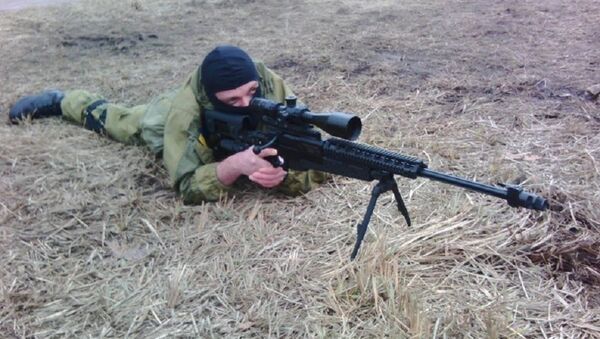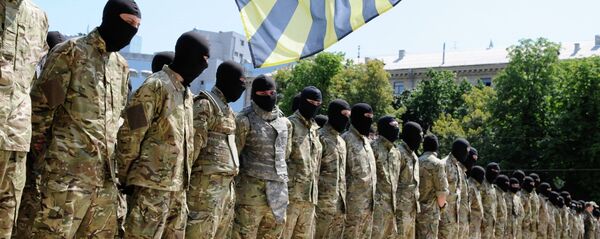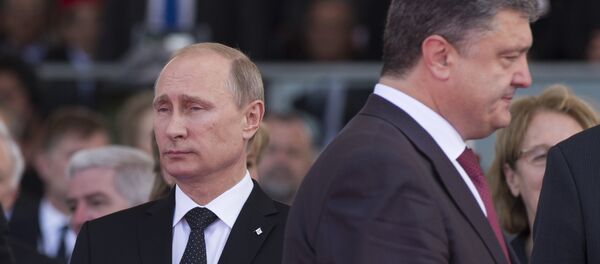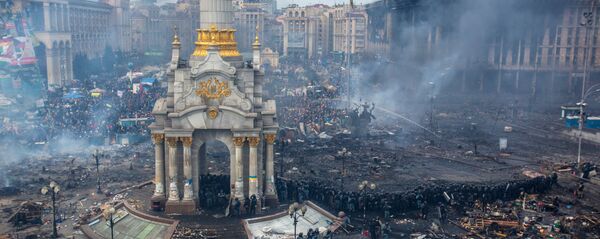By Andrei Veselov, with contributions from Alexei Sakhnin and Yevgeny Belenky
'A Simple Hero of the Maidan'
Sergei Sanovsky comes from a long line of career military men. Before 2014, he served in a Spetsnaz detachment of Ukraine's Internal Troops, commanding a reconnaissance group and working as a sniper instructor before leaving military service.
Sergei participated in the Maidan street protests, which rocked Ukraine in late 2013 and early 2014 and culminated in the overthrow of President Viktor Yanukovych. Yanukovych was ousted after he reversed course on the signing of an association agreement with the European Union.
"This was like a breath of fresh air," Sanovsky recalled, speaking to Sputnik from Myanmar, the country he fled to after leaving his home country in 2017. "It seemed then that we could really change the country for the better."
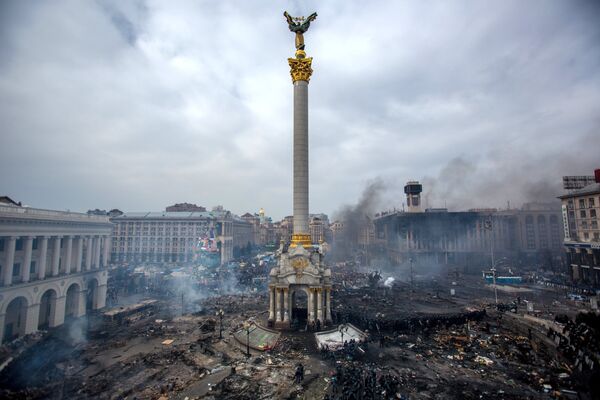
During the protests, Sergei and his friend tried to hide a group of protesters from the Berkut riot police. He was caught and received a vicious beating, with the police breaking his jaw and knocking out most of his teeth. He was unconscious for two days and required several surgeries. In the pro-Maidan Ukrainian press, he was sympathetically hailed as "A simple hero of the Maidan."
Joining Azov
After leaving hospital, Sanovsky enlisted in the so-called Azov Battalion, a volunteer paramilitary force consisting of extreme right nationalists and neo-Nazis formed in May 2014 to fight separatist movements in Eastern Ukraine, which sprang up after the Maidan coup d'état in resistance to the new authorities.
"I created this camp practically from scratch. I also wrote the first program for Azov's recruits," Sergei said.

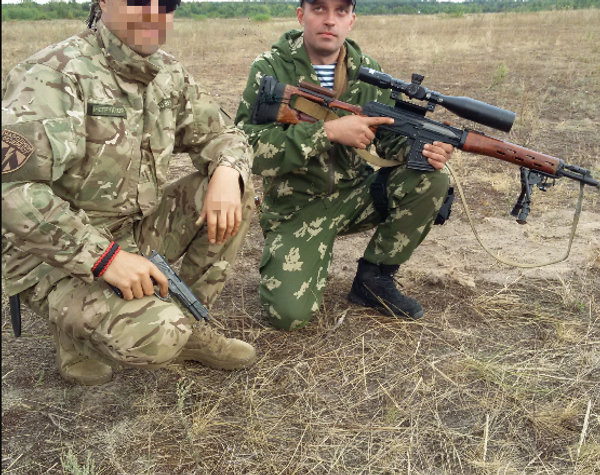
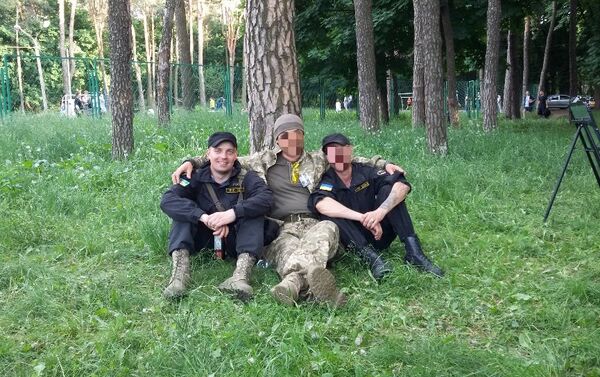
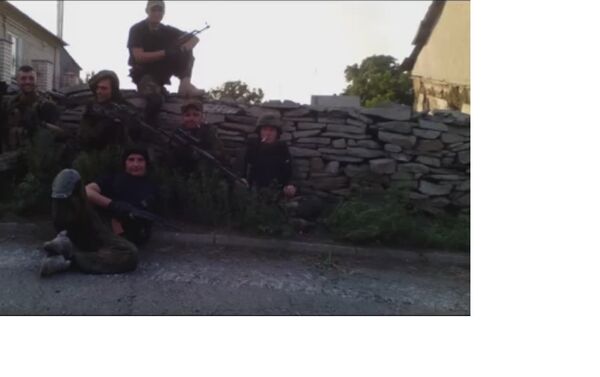
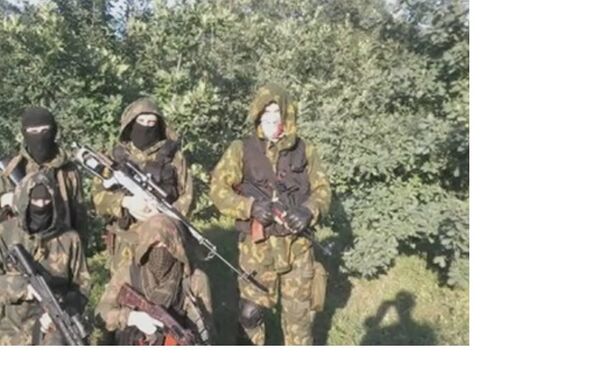
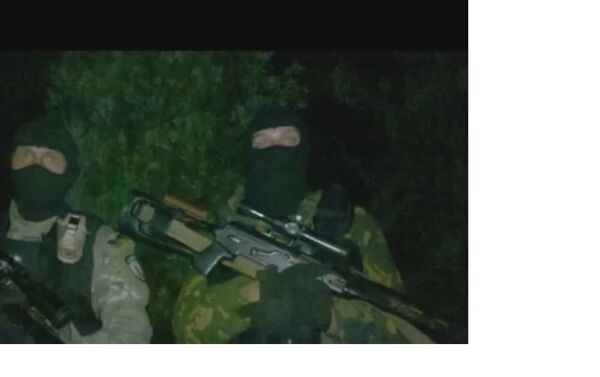
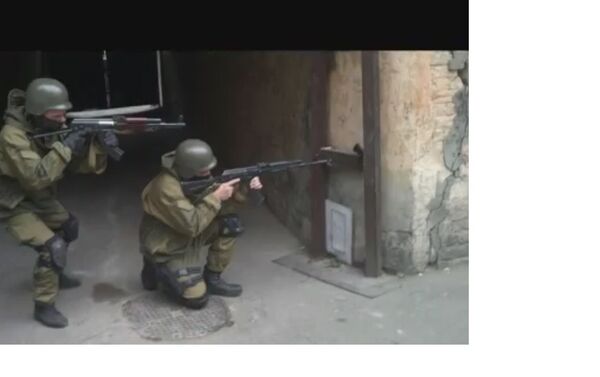
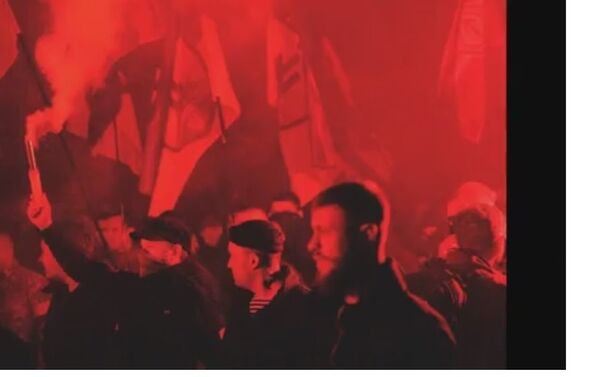
In the summer of 2014, the Azov Battalion joined the Ukrainian military's campaign against the nascent Donetsk and Lugansk People's Republics. Azov almost instantly gained a notorious reputation for itself amid allegations that its members carried out torture and engaged in other war crimes against civilians in the Donbass. In late 2014, the formation was expanded into a regiment and incorporated into Ukraine's National Guard, which had replaced the disbanded Internal Troops.
In November 2014, an officer from one of the Ukrainian Army's mechanized brigades fighting in the Donbass introduced Sergei to Andrei Lisogor, who presented himself as an unofficial deputy and confidant to Vladimir Ruban, head of the Officer Corps, an NGO engaged in prisoner swaps.
Sanovsky was told he could turn to Lisogor, who was touted as someone who worked "under the patronage of the leadership of the Security Service of Ukraine (SBU) and could address many issues."
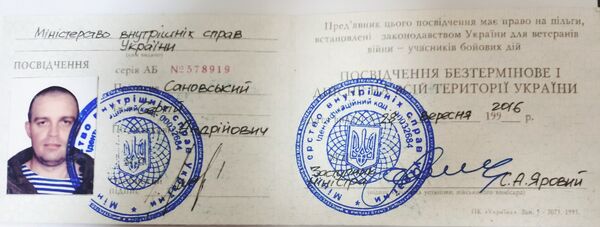
Lisogor organized training sessions for the participants of the "Anti-Terrorist Operation," Kiev's term for its military operation in the Donbass. This operation has been criticized by Russia and other countries for its destructive nature, including the indiscriminate shelling of civilian areas by Ukrainian forces. Training involved the National Guard, the armed forces, separate operatives and Security Service agents. The training sessions were unusual in that in addition to instructing troops on how to use their weapons, they also offered training on how to tie up, torture or strangle people, Sergei noted.
Sanovsky and Lisogor developed a more or less trusting relationship. "I took part in his training sessions, at the same time leading the National Guard's tactical and weapons training," Sergei recalled.
Wanted: Illegal Hit Squad Commander
During one of his meetings with Lisogor, Sanovsky learned that Lisogor was really a staff adviser to General Alexei Petrov, head of the Ukrainian Security Service's Counterintelligence Department. Personally appointed by President Petro Poroshenko, Petrov was known for his secretive nature, appearing on television only once in a program dedicated to exposing alleged “Russian agent” Stanislav Ezhev, an assistant to Prime Minister Volodymyr Groysman. Donetsk People's Republic officials are convinced Petrov was behind the hits on Donbass militia leaders Arsen Pavlov (call sign "Motorola") and Mikhail Tolstoy (call sign "Givi") in 2017.
In June 2017, Sanovsky met Lisogor at a café in Kiev and told him that under Petrov's instructions, a network of secret, formally illegal groups were being formed "to carry out active measures on the territory of Ukraine," their tasks including the "liquidation of persons opposed to the present political course."
"He told me that he appreciated amy experience and the distinguishing characteristics in the fulfillment of missions of the unit I commanded. He asked me to form a group of 6-8 people from among former colleagues," Sanovsky recalled.
The militia commander was assured that "any organizational or technical issues would be resolved at the highest level," but that "officially, none of us would be listed even as agents."
"One of them strangled him, while the second twisted his genitals so that Babich could not protect his neck. This is common practice for them," Sanovsky said. According to Lisogor, the killers were two former Azov militia members, Sergei Korovin (aka "Horst") and an unidentified man with the call sign "Polubotok." The murder was said to have been the result of Babich's conflict with Roman Zvarych, head of the Civil Corps, Azov's political wing.
Babich's wife didn't believe in her husband's suicide. "She was quickly told that if she didn't calm down, her husband would be publically disgraced. For example, they could 'find' child pornography at his home," Sanovsky explained.
The other murder was that of retired Defense Ministry Chief Intelligence Directorate colonel Vyacheslav Galva. Galva died in the autumn of 2014, allegedly during an accidental explosion while inspecting ammunition. In fact, Sanovsky revealed, the officer was killed by the Security Service due to his criticism of the authorities.
According to Sergei, these groups are really the force behind many of the attacks on politicians, journalists and political activists that have taken place in Ukraine over the last four years. Often it would be enough to simply frighten targets, prompting them to go to the police or the Security Service for help, where they could then be watched closely and thus controlled.
Lisogor told Sanovsky that several dozen hits had been made in total. "As far as I understood it, these groups were meant to intimidate or eliminate not only political opponents, but also those who cast doubt or were reluctant to cooperate. Additionally, they were sometimes used simply to settle economic conflicts," Sergei said.
At the same time, Sanovsky noted, Lisogor repeatedly emphasized to him that the work of these groups was approved by President Poroshenko and that Counterintelligence Department head Alexei Petrov reported directly to the president, bypassing the head of the Security Service.
'I'm a Soldier, Not an Executioner'
Sanovsky told Sputnik that he sharply declined Lisogor's offer. "They wanted to turn me into an executioner. I am a soldier, not an executioner," he insisted. In response, Lisogor demanded that Sergei not speak to anyone about their conversation. "Otherwise, in the best case scenario I would find myself strangled in a stairwell," he said.
Another military instructor, who also later fled Ukraine, is known to have received a similar offer from Irina Rubenstein, a close friend and associate of Lisogor and director of the 'Ukrainian Counterattack' NGO.

Painful Mistake
By the time of his final conversation with Lisogor, Sanovsky had already left Azov, but continued to provide training for other National Guard formations and army units. Ultimately, he became disenchanted with the new government.
"Every year things got worse and worse. In the zone of the Anti-Terrorist Operation there was drunkenness and looting, soldiers sitting without supplies. Meanwhile in Kiev the politicians were stealing by the trainload," he said.
"On July 10, 2017, the door to my apartment was broken down, with people in uniform shouting 'SBU,' without a warrant, without any ID! I offered no resistance, but got badly beaten. One of them literally jumped on my spine," Sanovsky recalled, adding that his pregnant wife Tatyana was in the apartment at the time.
Sergei was taken to the Security Service building, where he was questioned by an investigator, and then "worked on" by operatives from the Counterintelligence Department. "I was forced to admit absurd things – that I was planning a coup, that I planned to kill the president and his ministers. It's nonsense! But they demanded a confession and recorded it on camera. Most importantly, they demanded that I agree to cooperate."
"It's terrifying for a person to be find him or herself deprived of oxygen. [In the SBU] they mostly choke. It works," Sergei said.
After that, Sergei was fitted with a gas mask, with pepper spray from a can fed into it through a hose. He was also electroshocked and had his spine twisted. Sergei agreed to sign everything put in front of him, and after 12 hours of torture and beatings, was released.
Former Security Service Press Secretary Stanisav Rechinsky confirmed Poklad's vicious reputation in 2017, telling the Ukrainian media that "instead of catching real terrorists, the Department, in the style of the old Office for Combatting Organized Crime, takes people out and chokes them. They have an employee, Alexander – 'The Choker' – Poklad, who's famous for that," Rechinsky said.
On the Run
"They thought that they got the best of me, but I went on the offensive," Sanovsky said, noting that he got medical records of his injuries from several hospitals and filed a complaint with the National Anti-Corruption Bureau of Ukraine on the charge of "kidnapping and torture."
When the agency refused to consider the case, Sanovsky's lawyer, Sergei Titorenko, took it to court, where it was transferred from to the Military Prosecutor's Office.

While his lawyer was working on the court case, Sanovsky decided to lie low, changing his phone number, staying at friends' homes, and then leaving Ukraine for Transnistria (a breakaway republic between Ukraine and Moldova) and then Chisinau, Moldova's capital. After living there for several months, he was joined by his wife.
"Suddenly I received a call on WhatsApp from Poklad. He told me he knows where I am and that he too was in Chisinau. He said that we need to meet, that I should cooperate or things would turnout 'very bad.' It's likely that the case initiated by the prosecutor's office had become a real danger for them, and they wanted me to backtrack on my testimony. I pretended to agree to a meeting; we scheduled it for 12:00 p.m. the next day. Just in case, I recorded a video message, and my wife and I left for Bulgaria," Sergei said.
In Sofia, Sanovsky received a message from his lawyer saying that he should "urgently leave somewhere far away, like Asia, and wait." After that, Titorenko stopped responding to Sanovsky's calls. "His home and that of his mother were searched, and I think he got scared," Sergei speculates.
From Myanmar, Sanovsky unsuccessfully tried to contact his lawyer again. There, he received surgery on his injured spine. He requested political asylum, but was told that there is no such concept in Myanmar law. Sergei and his wife have since applied for political asylum in Sweden, and receive police protection.
